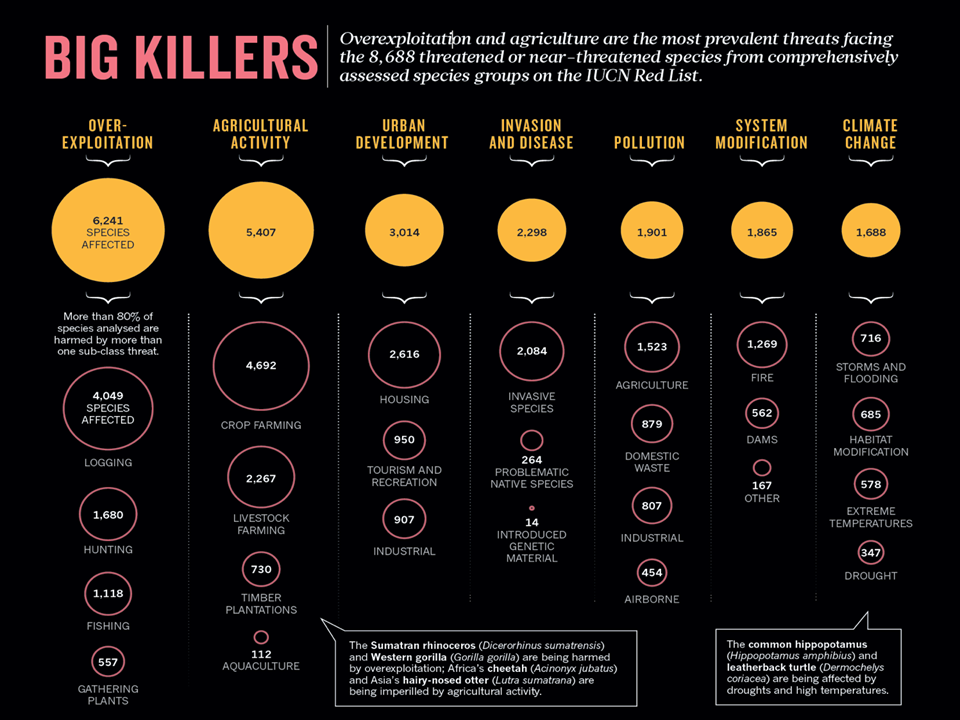Biodiversity Risks
22/11/20 | Word Count: 515
As covered in my previous post, deforestation can be a contentious issue, however recent studies show that forest cover has generally increased over the past 40 years. However, this figure can mask an issue surrounding biodiversity. In some areas, forest areas are replaced with agriculture, however in temperate climates, the area is also utilised for planted forests. These planted ecosystems can sometimes be designated as monocultures, and unlike natural forests which can have a wide diversity of vegetation and animals, these planted forests tend to be focused on the production of just a single tree species for lumber. Allowing lower vegetation to grow could reduce the efficiency of harvesting the lumber once the trees have reached maturity. As such, these forests usually have rows of aligned trees, with very little ground cover. Studies have also found that the “quality” of the wood from a monoculture can be better, exhibiting fewer knots, as well as having the capacity to improve degraded landscapes and rehabilitate deforested watersheds. However, in general, these benefits tend to focus more on the productivity of the forest from a harvesting perspective, and the reality is that forests can provide an even wider range of ecosystem services.
Source: CSIRO
More recent studies have started to explore how mixed forests can provide more value beyond their yield. Some of these benefits include increased biodiversity, water quality, aesthetic and recreational value, as well as the reduction in vulnerability to pests and pathogens. The Mountain Pine Beetle epidemic that spread across North West America is an example of the risks from some pests: an entire forest comprised of just one species could face devastation and result in large changes in the land. However, a diverse forest would be more likely to withstand such an attack. In some cases, carefully mixing in a variety of tree species can even result in better productivity and resilience of the forest, all while still having the capacity to produce lumber for the timber industry.
Along the same vein, there is a branch of agriculture called agroforestry, that focuses on the integration of agricultural systems and forests. These can impart a range of benefits such as increased agronomic activity, soil biodiversity, water retention, as well as reduced fire risk and soil erosion. This can come at the cost of crop yield from specific produce however, the underlying message with this practice is that it can be highly context specific.
There is plenty of evidence that that diversity in forests can result in a range of benefits, and doesn’t always come at the cost of productivity. Whilst these benefits can improve already degraded land, they shouldn’t be broadly applied, and used to justify continued deforestation, even if a mixed species forest is put in its place. A study by Maxwell (2016) had identified the main threats to threatened species from the IUCN Red List; with 8,688 species classified as threatened or near-threatened, 6,241 were at risk due to over exploitation, with the primary cause being logging. Timber can provide a viable route to lowering carbon emissions of the construction industry, but it shouldn’t come at the cost of biodiversity, and other ecosystem services.
 Risks to species classified as threatened and near-threatened by the IUCN
Risks to species classified as threatened and near-threatened by the IUCN
Source: Sean Maxwell, 2016